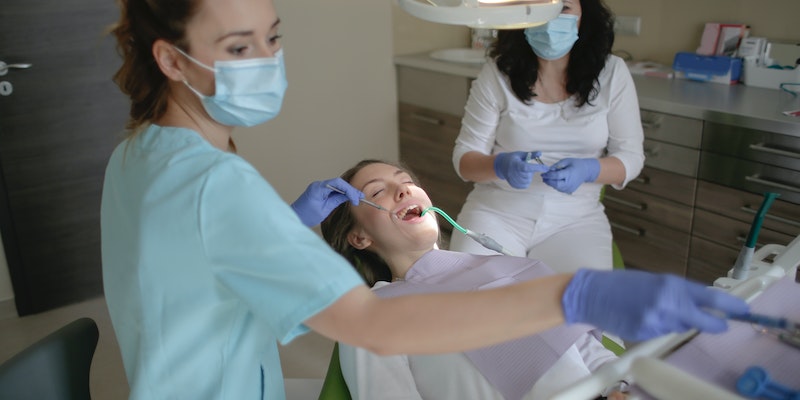Strawberry legs, a name many have heard but few understand, are a skincare and hair removal problem. They often describe little black patches or dots on the legs resembling strawberry seeds. These patches aren't seeds but may be conspicuous and cause self-consciousness. This page will explain strawberry legs, their causes, and how to treat and avoid them.
Strawberry legs are not demographically specific. All ages, skin types, and genders may have this ailment. Whether you've had strawberry legs for years or just discovered them, recognizing the reasons and finding effective treatments may boost your confidence and skin health.

What Are Strawberry Legs?
Understanding strawberry legs is the first step to solving this problem. Strawberry legs have little black patches or dots on the legs that resemble strawberry seeds. After shaving, these areas are most prevalent. While the spots aren't seeds, they might give the skin an uneven or speckled look, which can worry many people.
Strawberry legs must be distinguished from other skin problems with similar appearances. Strawberry legs might be mistaken for folliculitis, keratosis pilaris, or ingrown hairs. Each illness has its causes and treatments. Congested hair follicles and dark hair under the skin usually cause strawberry legs. Understanding strawberry leg causes and remedies is crucial to addressing this issue.
Causes of Strawberry Legs:
Strawberry legs are linked to hair eradication and skin health. Clogged hair follicles are a significant reason. Hair follicles may darken due to oil, dead skin cells, and germs, causing black patches. Shaving may worsen this condition by producing minor skin irritation, inflammation, and hair follicle obstruction.
Strawberry legs are also affected by hair and skin type. Strawberry legs may occur in people with darker or thicker hair since it is more noticeable under the skin. This disease may also occur more often in dry skin. Friction from clothes and other things might worsen it. Strawberry leg propensity is hereditary. This fear may be more likely if family members have had it. Strawberry leg prevention and treatment need an understanding of these factors.
Prevention Tips:
Strawberry legs may be prevented with preventive skincare and hair removal. Preventing blocked hair follicles and dark patches requires proper exfoliation. Regular physical or chemical exfoliation (with a mild scrub or alpha hydroxy acid products) helps eliminate dead skin cells that cause the condition.
Along with exfoliation, moisturizing is crucial. Hydrating the skin helps preserve its natural protective barrier, preventing blocked follicles. Use moisturizers containing hyaluronic acid or ceramides. These chemicals seal in moisture and repel irritants.
Choosing the correct skincare products is crucial for skin health and prevention. Use gentle, fragrance-free products for your skin. Avoid strong chemicals that might irritate the skin and worsen the problem. Strawberry leg sufferers must follow these skincare tips. These precautions may greatly reduce strawberry legs after hair removal.
Home Remedies:
Strawberry leg treatments at home may frequently relieve symptoms without expert intervention. Popular home remedies include sugar scrubs. Exfoliating with these scrubs removes dead skin cells that block hair follicles. In the shower, gently kneading a sugar scrub into the skin helps enhance leg texture and look.
Natural oils are another beneficial home treatment. Coconut, tea tree, and jojoba oils are antimicrobial and anti-inflammatory. Inflammation and black patches may be reduced by using these oils. To minimize irritation, use mild exfoliation with these solutions and avoid vigorous scrubbing or oils on newly shaven skin.
Diet and water consumption may also improve skin. Staying hydrated by drinking enough water helps prevent dry skin, which may cause strawberry legs. Include these easy home treatments in your skincare regimen to treat strawberry legs.
Professional Treatments:
Strawberry legs may not respond to home cures, or people may want speedier answers. Professional treatments help here. Dermatologists or skincare specialists provide these treatments, which may give faster and more outstanding results.
Professional strawberry leg treatments include laser therapy. Laser treatments break down hair follicle melanin, diminishing its visibility. A trained specialist may conduct the surgery safely and provide long-lasting effects. However, numerous sessions may be needed to succeed. Chemical peels are another expert strawberry leg treatment. These treatments can work but need close monitoring and a licensed skincare specialist.
Consult a dermatologist before getting expert treatment. An expert can evaluate your circumstances and suggest the best method for your objectives. These therapies' advantages, dangers, cost, and duration must be considered.

Maintaining Healthy Skin:
A rigorous skincare program prevents strawberry legs and maintains healthy skin. This program should include gentle exfoliation, moisturization, and appropriate skincare products. UV exposure may worsen skin issues. Thus, sun protection is essential.
Strawberry legs may be significantly reduced by adopting a skincare routine following the above preventative techniques. Keeping your skin healthy and alive takes time and effort.
Recognizing the importance of self-confidence and body positivity helps with strawberry leg problems. Routine flaws like strawberry legs don't determine your value or attractiveness. Being confident and optimistic about your physique may improve your well-being and help you feel comfortable in your skin.
Conclusion:
Strawberry legs are a frequent skin issue, but they may be treated with the appropriate information and practices. Effective prevention and therapy start with understanding strawberry legs and their causes. Successful exfoliation, moisturization, and skincare product selection may dramatically minimize strawberry legs risk.
Strawberry legs may be treated at home with sugar washes and natural oils. Diet and water consumption also affect skin health. Professional treatments like laser therapy and chemical peels may enhance outcomes faster than home alternatives. Consult a dermatologist before getting expert help.
Strawberry legs may be prevented by following a skincare program and being confident. Recognizing that blemishes are part of being human and that your value goes beyond your skin is crucial. By following these instructions, you may treat strawberry legs, preserve healthy skin, and improve your body image.




